In the 1980s, geophysicists made a startling discovery: two continent-sized blobs of unusual material were found deep near the center of the Earth, one beneath the African continent and one beneath the Pacific Ocean.
Tag: Seismology
Researchers test seafloor fiber optic cable as an earthquake early warning system
One of the biggest challenges for earthquake early warning systems (EEW) is the lack of seismic stations located offshore of heavily populated coastlines, where some of the world’s most seismically active regions are located.
Linked faults explain ancient mythology and inform plans for world’s longest suspension bridge
New research from the University of Oregon unpacks the geology behind lore, showing how seismically active faults on either side of the straight interact to create a narrow marine passage filled with geologic hazards.
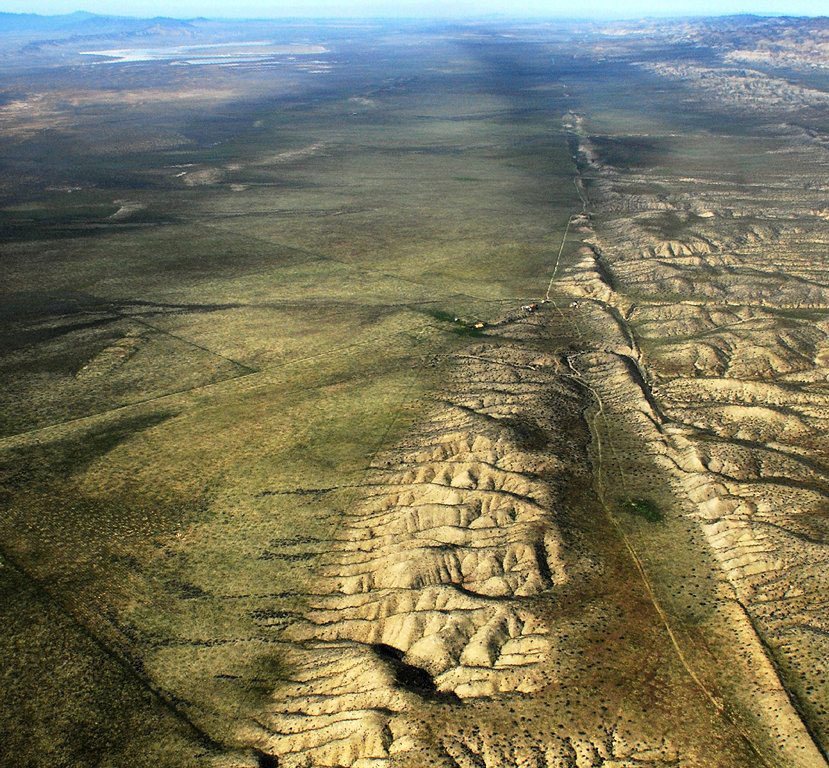
Shaking Up Earthquake Studies by Increasing Access to Data, Tools and Research Results
Earthquake rupture forecast studies provide information about the probabilities of when earthquakes will occur, where they’ll take place and how strong they’ll be, but the computational tools and data aren’t available to a wide scientific community. That’s about to change.
Researchers unearth the mysteries of how Turkey’s East Anatolian fault formed
An international team led by the University of Minnesota Twin Cities has, for the first time, accurately determined the age of the East Anatolian fault, allowing geologists to learn more about its seismic history and tendency to produce earthquakes.
Understanding Japan’s earthquakes: New insight into the relationship between slow slip events and the build-up and release of tectonic strain
The Japanese archipelago is actively undergoing seismic shifts due to interactions between the oceanic plate and the continental plate.
The Most Advanced Bay Area Earthquake Simulations Will be Publicly Available
Modeling the effects of earthquakes on homes, businesses, and infrastructure is about to get a lot easier, thanks to advanced simulations performed on the world’s fastest supercomputers.
Researchers uncover secrets on how Alaska’s Denali Fault formed
When the rigid plates that make up the Earth’s lithosphere brush against one another, they often form visible boundaries, known as faults, on the planet’s surface. Strike-slip faults, such as the San Andreas Fault in California or the Denali Fault in Alaska, are among the most well-known and capable of seriously powerful seismic activity.
UTEP to Lead New Earthquake Center with Support from National Science Foundation
A $500,000 grant from the National Science Foundation will spur The University of Texas at El Paso’s efforts to help underserved communities across the nation become more resilient to earthquakes.
New UW Photonic Sensing Facility will use fiber-optic cables for seismic sensing, glaciology and more
A new research center is exploring the use of fiber-optic sensing for seismology, glaciology, and even urban monitoring. Funded in part with a $473,000 grant from the M.J. Murdock Charitable Trust, the new UW Photonic Sensing Facility will use photons traveling through a fiber-optic cable to detect ground motions as small as 1 nanometer.
Earthquake seismologist launches international study of oceanic plate
Find out how an NAU team, led by professor Jim Gaherty, will conduct a seismological study of the Cocos tectonic plate deep beneath the Pacific Ocean.
The History of Lake Cahuilla Before the Salton Sea
Today, the Salton Sea is an eerie place. Its mirror-like surface belies the toxic stew within. Fish skeletons line its shores and the ruins of a once thriving vacation playground is a reminder of better days.
New earthquake assessments available to strengthen preparedness in Europe
During the 20th century, earthquakes in Europe accounted for more than 200,000 deaths and over 250 billion Euros in losses.
Explaining the slow surprise in the middle of the sandwich (earthquake)
The 12 August 2021 South Sandwich Island earthquake had a surprise hidden within its complex rupture sequence: a slow, shallow magnitude 8.16 subevent that was “invisible” to researchers at first glance.
Scientists anticipated Alaska quake, but when and where proved elusive
An 8.2-magnitude earthquake struck off the southern coast of Alaska on Wednesday night — the largest in the U.S. in decades. It caused shaking and tsunami warnings, forcing communities to seek shelter. Geoff Abers is chair of earth and atmospheric…
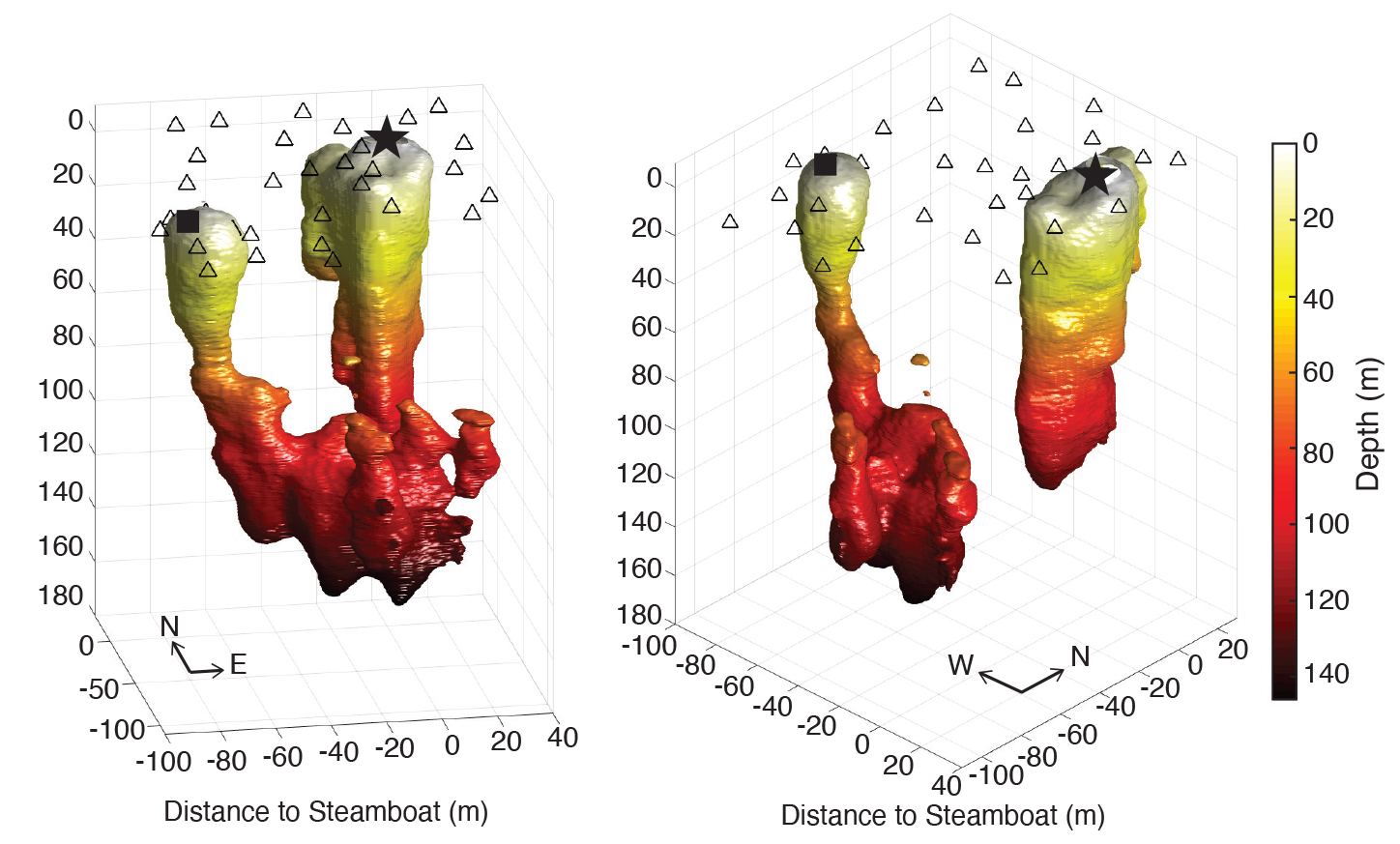
U scientists plumb the depths of the world’s tallest geyser
U scientists were ready to jump at the opportunity to get an unprecedented look at the workings of Steamboat Geyser. Their findings provide a picture of the depth of the geyser as well as a redefinition of a long-assumed relationship between the geyser and a nearby spring.
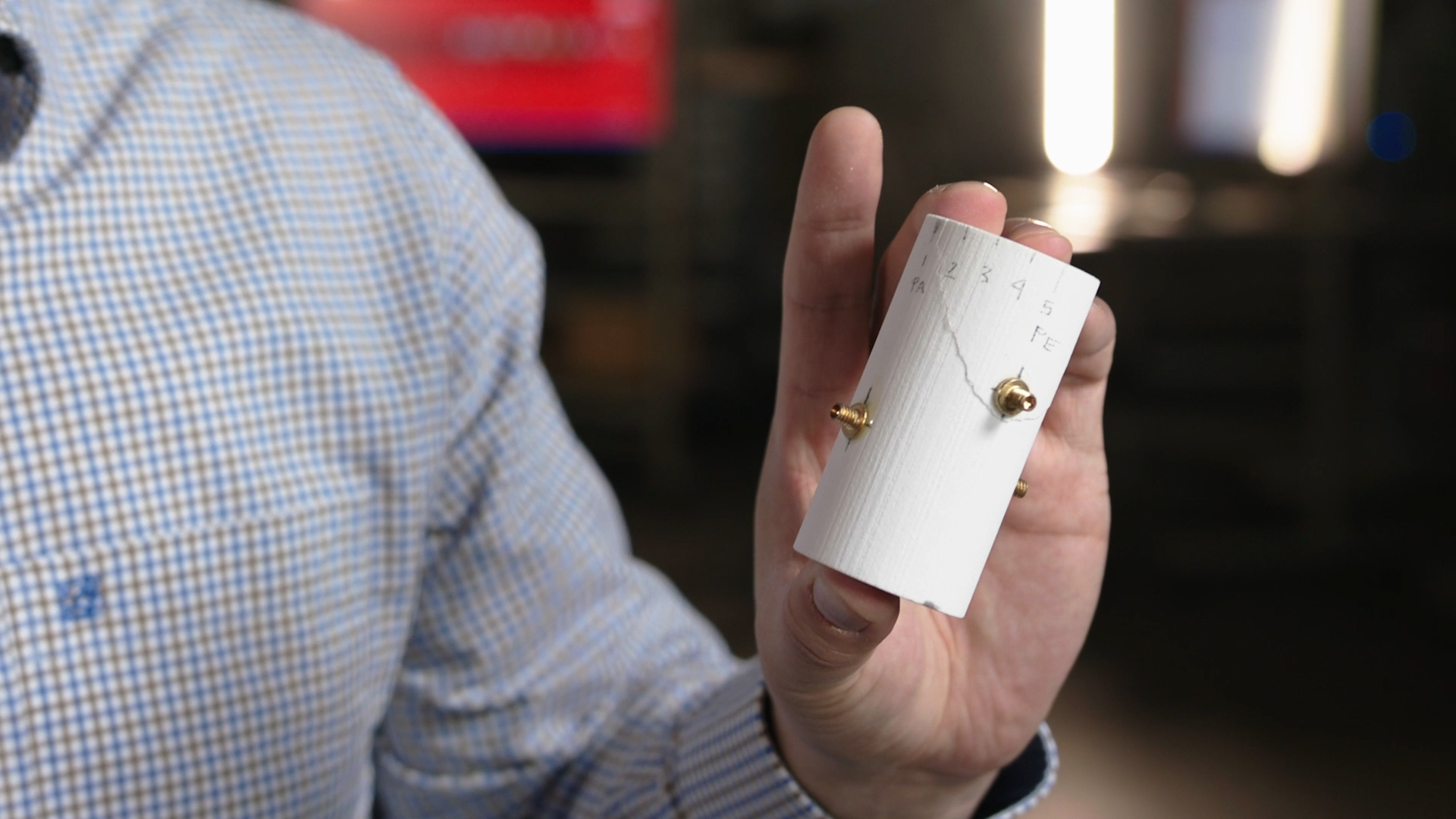
Catching energy-exploration caused earthquakes before they happen
Geoscientists at Sandia National Laboratories used 3D-printed rocks and an advanced, large-scale computer model of past earthquakes to understand and prevent earthquakes triggered by energy exploration.
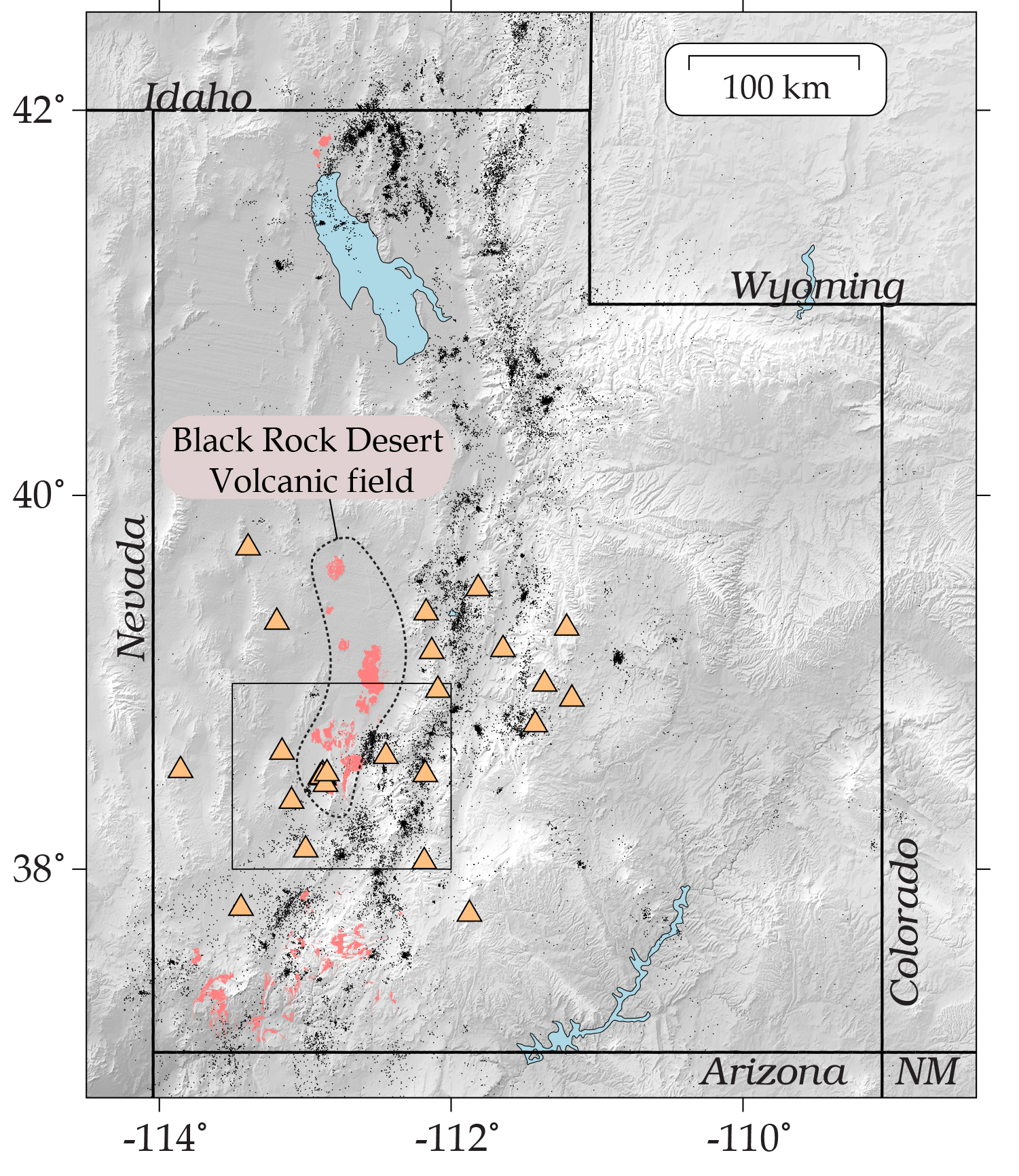
Unusual earthquakes highlight central Utah volcanoes
Earthquakes in the Black Rock Desert are rare and capturing the seismic recordings from these earthquakes provides a glimpse into the volcanic system of the Black Rock Desert that, while not showing any signs of erupting, is still active.

Most landslides in western Oregon triggered by heavy rainfall, not big earthquakes
Deep-seated landslides in the central Oregon Coast Range are triggered mostly by rainfall, not by large offshore earthquakes.

Highest ever resolution earthquake simulations on Sierra supercomputer
A Lawrence Livermore National Laboratory (LLNL) team has published new supercomputer simulations of a magnitude 7.0 earthquake on the Hayward Fault. This work represents the highest ever resolution ground motion simulations from such an event on this scale.
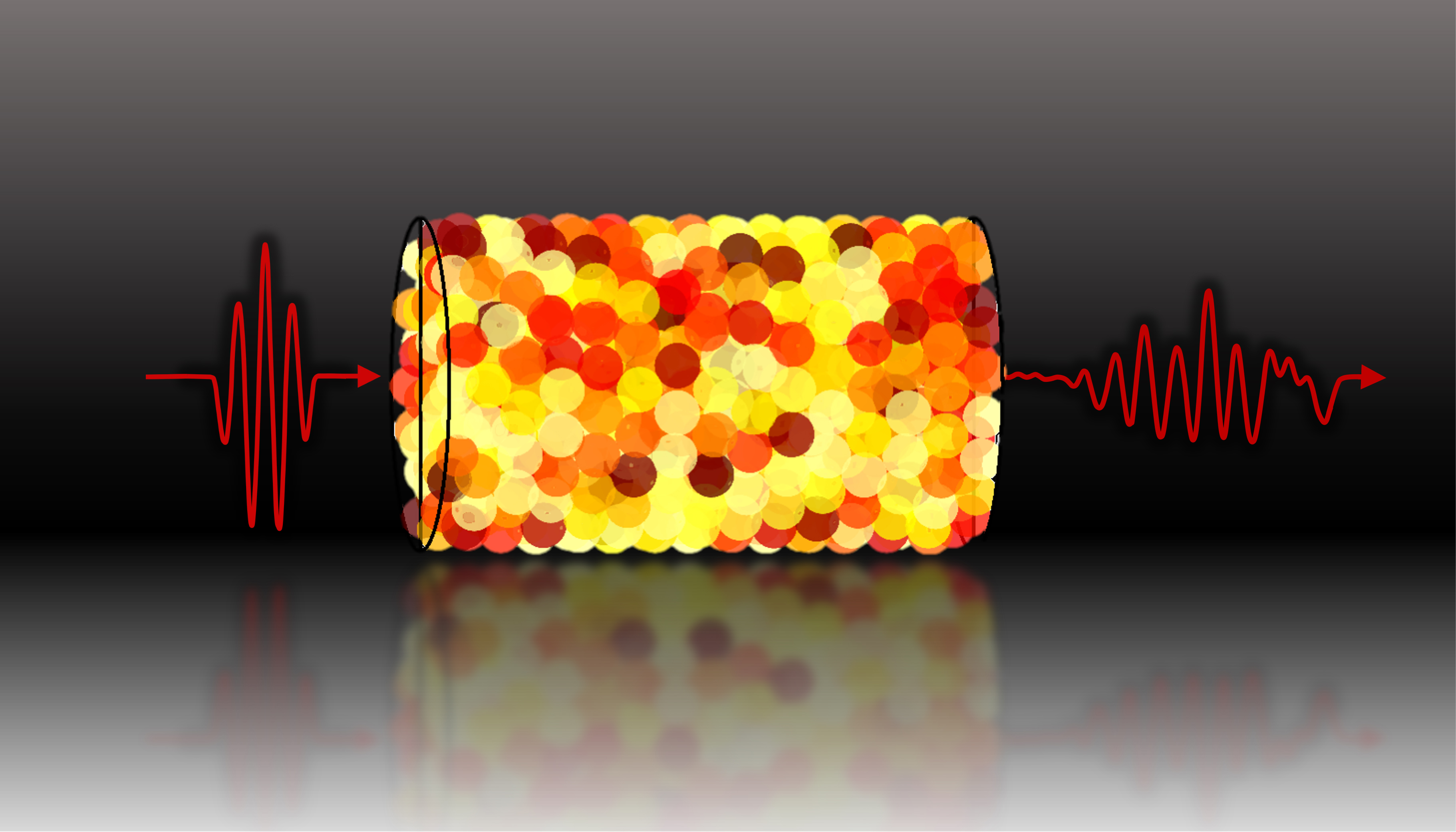
Researchers catch a wave to determine how forces control granular material properties
Stress wave propagation through granular material is important for detecting the magnitude of earthquakes, locating oil and gas reservoirs, designing acoustic insulation and designing materials for compacting powders. A team of researchers including Lawrence Livermore National Laboratory (LLNL) physicist Eric Herbold used X-ray measurements and analyses to show that velocity scaling and dispersion in wave transmission is based on grainy particle arrangements and chains of force between them, while reduction of wave intensity is caused mainly from grainy particle arrangements alone.
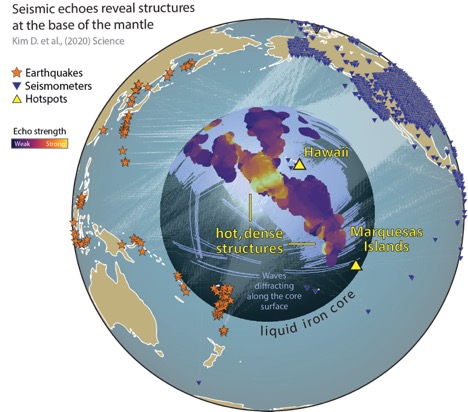
Looking Up to the Stars Can Reveal What’s Deep Below
Using a new technique originally designed to explore the cosmos, scientists have unveiled structures deep inside the Earth, paving the way towards a new map revealing what Earth’s interior looks like.
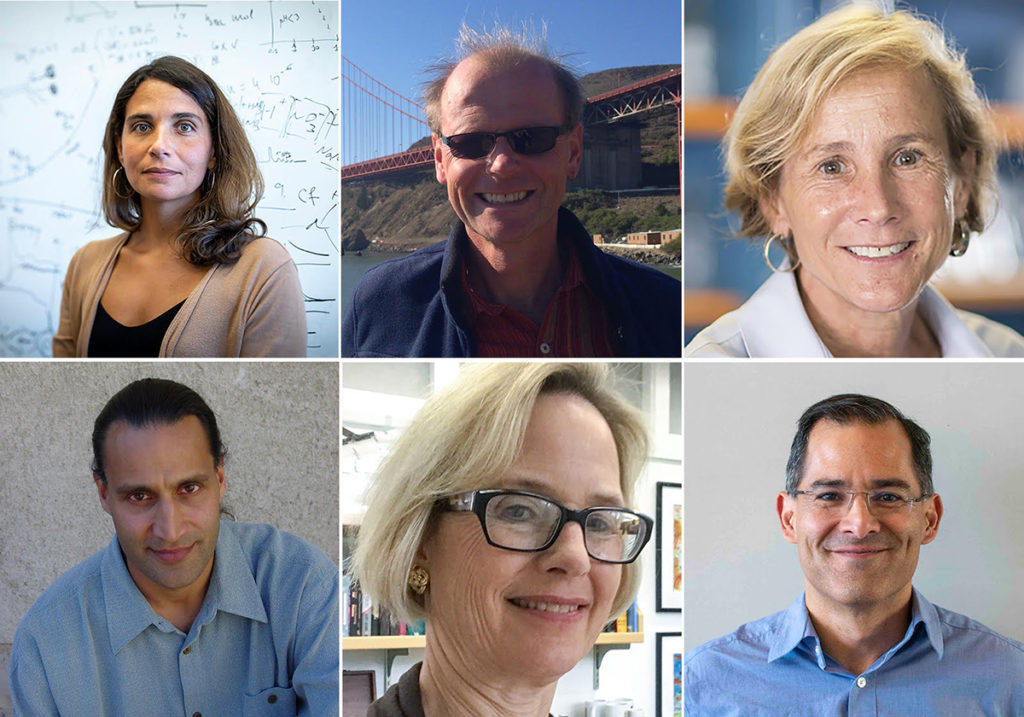
Six Berkeley Lab Scientists Named AAAS Fellows
Six scientists from the Department of Energy’s Lawrence Berkeley National Laboratory (Berkeley Lab) have been named Fellows of the American Association for the Advancement of Science (AAAS).